Tanzania Flag and 60 years Celebrations
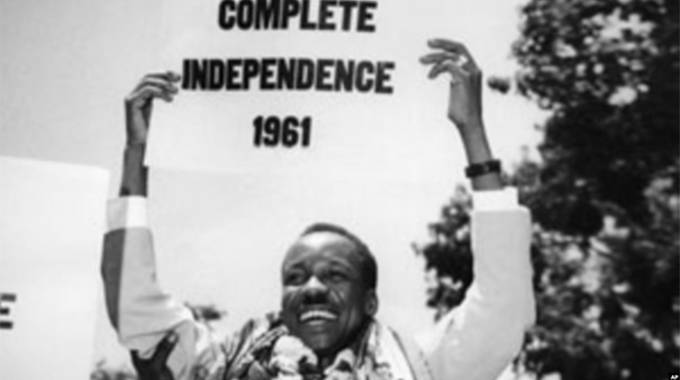
A nation is born
On 9 December 1961, Tanganyika gained its Independence from Britain under the presidency of Julius Nyerere. Britain had been granted United Nations stewardship of the former German East Africa territory after Germany was defeated in World War II.
Peace, love and national unity
On 24 April 1964, the world woke up to surprising news, according to the New York Times of the day. The previous day, 23 April Mwalimu Julius Nyerere, had announced the union between his country and neighbouring Zanzibar. The new nation took the first three letters of the two nations TAN and ZAN giving birth to the United Republic of Tanzania.
The home of Pan-Africanism
‘…. total African liberation and total African unity are basic objectives of our Party and our Government…we shall never be really free and secure while some parts of our continent are still enslaved.’ Mwalimu Julius Nyerere at TANU National Conference, 1967.
Mwalimu Julius Nyerere will go down in history for his commitment to socialist principles, which formed part of his concept of Ujamaa. Literally meaning ‘family hood’ in Swahili
As early as 1963, Mwalimu Julius Nyerere was discussing the possible mechanics of a United States of Africa with another great father of the continent, Kwame Nkrumah.
Tanzania went on to become the bastion of the African fight against colonialism.
Tanzania did not limit itself to paying lip service towards the principles of African unity and solidarity. The country offered itself as a base for those fighting for liberation, hosting the forces of many movements including: African National Congress (ANC), Pan African Congress (PAC) from South Africa, Mozambique Liberation Front (FRELIMO), People’s Movement for the Liberation of Angola (MPLA), Zimbabwean African National Union (ZANU), Zimbabwean African People’s Union (ZAPU), and South West Africa People’s Organisation (SWAPO) from Namibia.
“It is important that I bring to the attention of the public a summary of the Mgagao Declaration, a move that changed the dynamics of the armed struggle on the Zanla side. The Mgagao Document was a political masterpiece and it was crafted in a way that the comrades expressed their gratitude to the Organisation of African Union (OAU) Liberation Committee, the Tanzania Government and Frelimo of Mozambique and was eloquent enough to spell out that the armed struggle was the only way to deliver Zimbabwe from the colonial bondage. It was also mentioned that our activities must be based on the armed struggle.”- Retired Brigadier-General Dube Zimbabwe National Army.

Tanzania also welcomed and housed large numbers of refugees from struggles across Southern Africa, providing an escape for those endangered by war or colonial oppression.
Tanzania was closely involved in several groups and organisations that aided the liberation struggle. Of these, the most well-known was the Organisation of African Unity (OAU). Nyerere was a strong proponent of the formation of such an organisation, and when it was established in 1963 Tanganyika was a founding member.
The OAU had wider goals alongside freedom from colonialism and so it was agreed that an organ of the OAU, named the African Liberation Committee (ALC) would be formed to focus solely on the liberation struggle. Dar es Salaam, capital of Tanzania, was chosen as the headquarters of the ALC and housed it for the duration of its existence.
Mwalimu Nyerere was to stand by his principles spurning western financial packages linked to conditions that betrayed African sovereignty and dignity including a British grant of 7,5 million pounds. He also returned a grant from the then West Germany because that country tried to choose enemies and friends for Tanzania.
Passing on the baton
Tanzania has had six transitions from leader to leader over the decades.

Tanzania’s 5th president John Pombe Joseph Magufuli with Mama Maria Nyerere, widow of founding president Mwalimu Julius Nyerere.
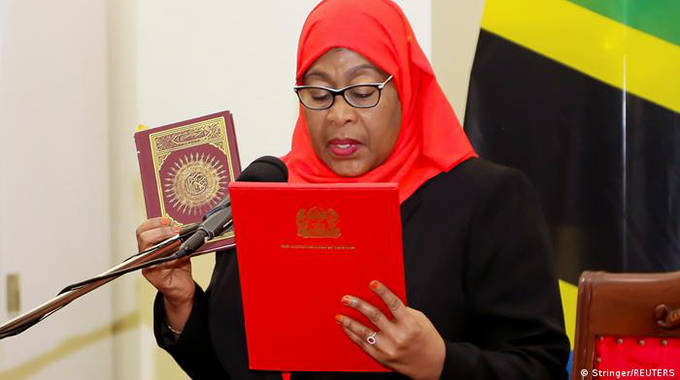
Samia Suluhu Hassan, sixth and current president of Tanzania
The spirit of Ujamaa lives on
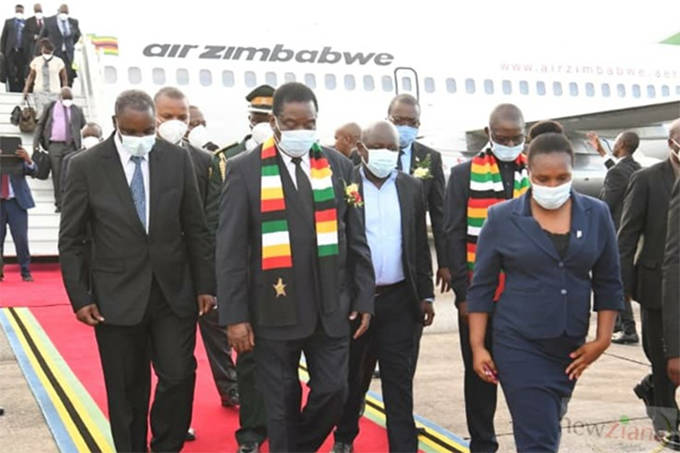
Picture credit: New Ziana
Today the spirit of “familyhood” is strong with both the African Union successor to OAU and Southern African Development Community standing firm with Zimbabwe on the issue of sanctions imposed by west.
The concept of a United States of Africa remains a tantalising reality. The African Continental Free Trade Area is in implementing stage with the carrot of a combined African economy a real incentive to unite the continent into the global giant it should be.
The dream of Mwalimu Julius Nyerere and the other founding fathers can and will be realised.
“The development of a country is brought about by people, not by money. Money, and the wealth it represents, is the result and not the basis of development.” The Arusha Declaration 1967.
Lynnette Shiri (46) regularly travels between Zimbabwe and Tanzania. She runs a hardware business in Harare and sources her stock in Dar es Salaam.
“I am not a foreigner in Tanzania. The people are warm and welcoming. It is just like I am in another city within Zimbabwe,” she says.
Lynnette says that there are many business opportunities for Zimbabweans in Tanzania and the reverse is true.
“Look around you. How many things are being done by people from other continents in Zimbabwe? It is the same in Dar es Saalam. As Africans we need to get back to the spirit of oneness, Ubuntu, and start raising ourselves and each other up. Why should our children be looking for opportunities elsewhere when we have this whole large continent that is a home for us all?”

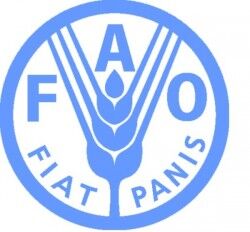



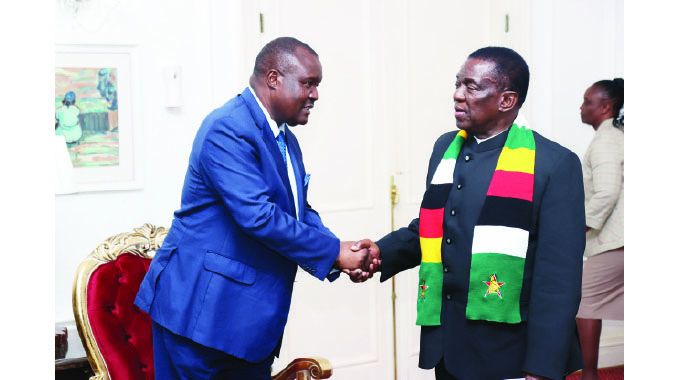

Comments